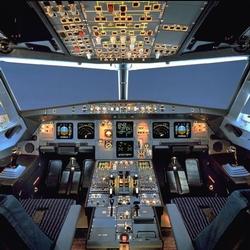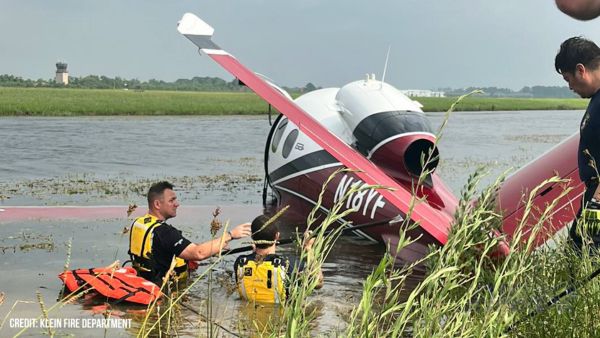Fri, Aug 23, 2013
Redesign For Sudden Autopilot Disconnection Needed, Say Flight Safety Experts
Flight safety experts associated with the Human Factors and Ergonomics Society studying recent high-profile aviation accidents found sudden autopilot disconnection to be a design flaw that creates unnecessary emergencies by surprising pilots during critical, high-workload episodes.

“The sudden disengagement of autopilot is analogous to a pilot suddenly throwing up his or her hands and blurting to the copilot, ‘Your Plane!’” said Eric E. Geiselman, lead author of a recently published two-article Ergonomics in Design series, “Flight Deck Automation: Invaluable Collaborator or Insidious Enabler” (July issue) and “A Call for Context-Aware Logic to Improve Safety”.
Eric E. Geiselman, along with co-authors Christopher M. Johnson, David R. Buck, and Timothy Patrick, have combined expertise as pilots, crew resource management instructors, and human factors researchers. They studied the 2009 Colgan Air crash in Buffalo, New York, and the 2009 Air France crash off the coast of Brazil with a focus on how humans and machines can best communicate on the flight deck.
The authors recommend that autopilot systems transfer controls following the same protocols crew members use – with acknowledgement by the receiving pilot that he or she has assumed control. FAA regulations require a visual and auditory warning to occur following autopilot shutoff, but Geiselman and his co-authors emphasize that such warning should occur before – not after - autopilot is disengaged.
The authors report on many other design-level safety issues in these articles and offer prototypes featuring solutions that can be affordably implemented with available technology. They believe better design of automation technology on planes can prevent future accidents and that more pilot training shouldn’t be the only solution pursued by the industry.
The Human Factors and Ergonomics Society is a nonprofit individual-member, multidisciplinary scientific association for human factors/ergonomics professionals, with more than 4,600 members globally.
More News
“Warbirds in Review features veterans, aviation legends, and aircraft that simply cannot be seen together in one place anywhere else in the world. Many of these veterans main>[...]
Also: VAI v Anti-Heli Actions, Electric Aircraft Symposium, 2024 FAA Drone/AAM Symposium, Gravitymaster Blue Origin's seventh passenger flight ended with a smidgeon of drama when o>[...]
“The importance of this YF-16 paint scheme is celebrating 50 years of the F-16 Viper. Everyone at Edwards has a big sense of pride for not only supporting the Viper Demo Team>[...]
Aero Linx: National Aeronca Association We are dedicated to supporting the design and preserving the history of Aeronca aircraft. Founded by Jim Thompson and fostered by his leader>[...]
Klyde Sounds Like He's Defining An 'Influencer' FMI: www.klydemorris.com>[...]
 Aero-News: Quote of the Day (05.25.24)
Aero-News: Quote of the Day (05.25.24) Airborne 05.22.24: NS-25 Chute Failure, #HonorTheWASP, SkyCourier 'Combi'
Airborne 05.22.24: NS-25 Chute Failure, #HonorTheWASP, SkyCourier 'Combi' Aero-News: Quote of the Day (05.26.24)
Aero-News: Quote of the Day (05.26.24) ANN's Daily Aero-Linx (05.26.24)
ANN's Daily Aero-Linx (05.26.24) Klyde Morris (05.24.24)
Klyde Morris (05.24.24)



